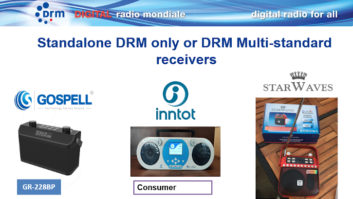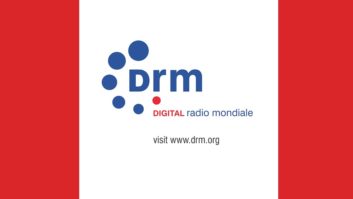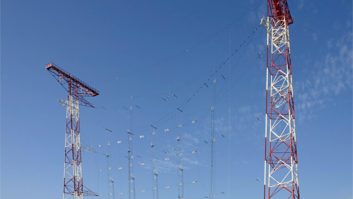The author of this commentary is chairman of Digital Radio Mondiale.
When a manmade or natural disaster strikes, we are reminded that radio broadcasting can be considered the most resilient and most widely available tool to reach out to people and save lives.
We know how this works in the analog world; on-air services are interrupted for short audio announcements and typically restricted to a single language.
The DRM digital radio standard (www.drm.org) retains all the basic strengths of radio broadcasting for alarm dissemination, adding a whole set of modern features that can establish DRM’s Emergency Warning Functionality (EWF) as part of any modern national alert network.
How does DRM work in case of disasters?
When a disaster situation strikes, an explicit alarm signal is triggered by the emergency authorities and sent by broadcasters to receivers indicating where to find the actual emergency program.
This allows radio receivers to monitor DRM’s dedicated alarm signaling channel in the background (e.g. while in deep standby mode) and to wake up on demand; or, while playing, to automatically retune to the indicated emergency program.
In practice this means that temporarily emergency services are inserted and available on air instead of interrupting ongoing services. This allows listeners to retune to the previously selected station as soon as they discover that they are currently located outside the affected area.
On various levels, a well-designed DRM network for EWF will ensure that an active alarm is limited to the extent possible for listeners in the area affected by the disaster. The Journaline component of the emergency program provides an accurate definition of the affected area as a region, so that a receiver can automatically switch back to the previously tuned service once it has established that the alarm is no longer relevant to the listener.
Digital radio’s unique capability of transmitting detailed and structured textual information using the advanced Journaline text application allows digital radio-based EWF services to reach a wider audience with different needs, like users with hearing impairments as well as non-native speakers or tourists who would not be able to understand audio-only announcements in the local language.
RRI Implements DRM EWF
Where has been EWF on DRM been demonstrated? In one of the most disaster-prone areas of the globe.
The Indonesian public broadcaster Radio Republic Indonesia (RRI) has recently taken the final step towards implementing the DRM Emergency Warning Functionality (EWF) in its five DRM FM transmissions recently commissioned in the Java island, the most populous of the 14,000 in the Indonesian archipelago.
This is shaping into the first-ever large-scale implementation of the EWF service in DRM in the Asian region.
A recent in-depth evaluation of the technical parameters and coverage of the DRM FM transmissions was carried out by the Indonesian Ministry of Information and Communication (Kominfo), arriving at some very favorable conclusions on the performance of both DRM in FM and EWF.
This is part of the commitment made by RRI to providing comprehensive emergency warning services to the public in Indonesia, using the DRM infrastructure.
But the public broadcaster alone cannot deliver it and a proper command chain needs to be set up involving the authorities providing the information, the transmission including the specific emergency path and the relevant and suitable receivers.
A recent webinar explained this and detailed the many agencies that need to work seamlessly together for this. So, disasters are terrible and averting them is not for the faint-hearted as without cooperation and coordination such a system is unworkable.
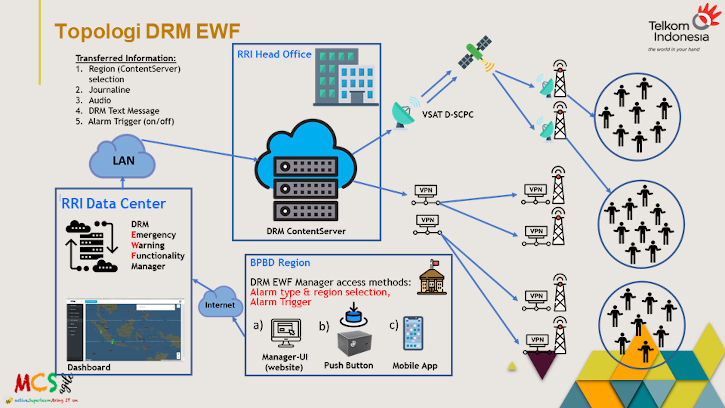
In August RRI carried out a special trial and demo in Jakarta highlighting and proving that the DRM EWF is an extremely versatile and dependable warning system; the trial proved that it can be configured to reliably and accurately generate appropriate warning signals to be delivered to the specific affected areas.
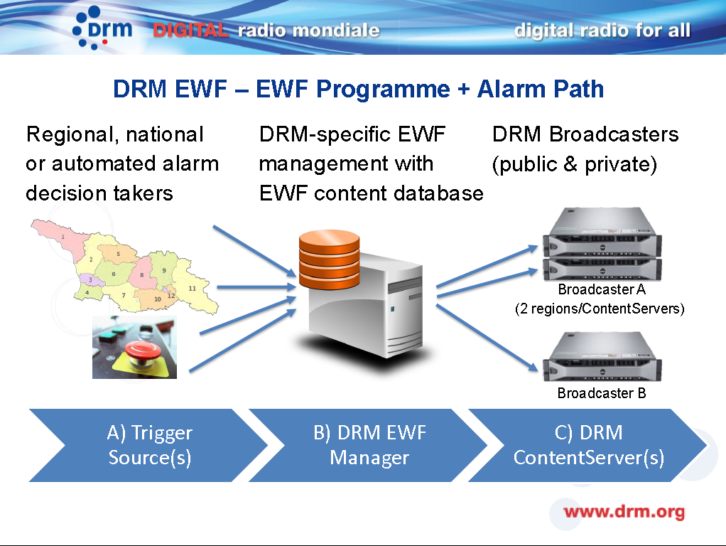
RRI had already decided to implement the EWF service in its new five DRM FM transmitting stations, which have become operational since June — currently operational in Java (the first DRM FM transmitter to be commissioned in the Asian region), Timor and West Sumatra.
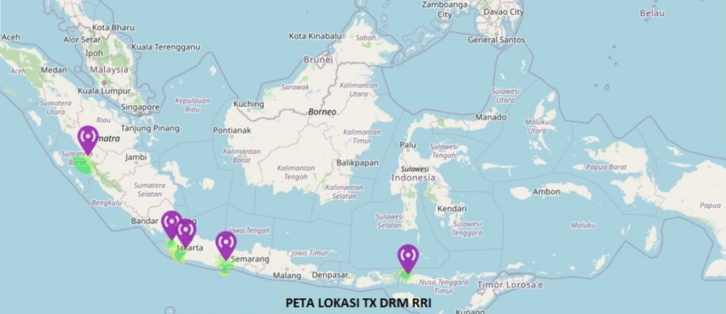
The location of these initial DRM FM transmitters has been selected so that these transmitters could be efficiently deployed for EWF warnings (including tsunami warnings) in the western and southern coastal areas. More such transmitters are planned in the near term to cover many such critical areas.
As detailed by Sharad Sadhu in a recent DRM article, currently, all the DRM FM digital radio stations that can deliver EWF are broadcasting audio services RRI Pro 1 and RRI Pro 3, plus a Journaline text service with news and current affairs information in textual form (in writing) in Bhasa Indonesia (national language all without the need for Internet connection.
The Official Ministry of the Communications, or Kominfo, conducted extensive measurements in West Java and later at RRI Jakarta. Kominfo concluded that the test results in the field are consistent with ITU-R Recommendation BS.1114 and BS.1660.
These conclusions, now publicly available, include that DRM digital radio in the FM radio band can be implemented side by side (coexistence) with analog FM radio using 200 kHz frequency spacing from existing FM radio; full DRM implementation can be emitted with a frequency space of 100 kHz between adjacent DRM FM radio transmissions; DRM technology can also be used for EWF very effectively.
With this the stage is set for the first-ever large-scale implementation of the EWF service in DRM in the Asian region. This will surely set an example for other countries in this region to use DRM EWF technology to save people’s lives.

